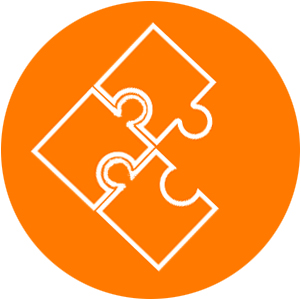IS is a catastrophic form of epilepsy. Prompt diagnosis and accurate treatment are the key to successful treatment!
Infantile spasms are caused by a condition in a baby’s brain and include repetitive, but often subtle movements—such as jerking of the mid-section, dropping of the head, raising of the arms or wide-eyed blinks. IS can be misdiagnosed as colic, reflux, or a startle reflex.
Spread the Word!
Infantile spasms (IS) are subtle, but serious, seizures that occur in infants as the result of a neurological condition. Worldwide, it’s estimated that a baby is diagnosed with IS every 12 minutes. You can help lesson the impact of IS by learning about how to identify and treat these catastrophic seizures then sharing your knowledge.
For more information on Infantile Spasms and videos visit the Child Neurology Foundation website.
Other seizure types are common in individuals with Infantile Spasms...
Some of the medication used to treat Infantile Spasms ...
Most common IS assiciated diagnonsis in Seizure Tracker users...
 A clinical trial is recruiting newly diagnosed infants (aged 1-24 months) with infantile spasms to see if cannabidiol (CBD), used in combination with Vigabatrin for the treatment of IS, is better than Vigabatrin alone. To learn more, visit: www.childneurologyfoundation.org/providers-or-researchers/clinical-trials-directory
A clinical trial is recruiting newly diagnosed infants (aged 1-24 months) with infantile spasms to see if cannabidiol (CBD), used in combination with Vigabatrin for the treatment of IS, is better than Vigabatrin alone. To learn more, visit: www.childneurologyfoundation.org/providers-or-researchers/clinical-trials-directory ![]() Using the Infantile Spasms count and severity tool on Seizure Tracker...
Using the Infantile Spasms count and severity tool on Seizure Tracker...
Seizure Tracker users can record Infantile Spasms as a seizure type in their event diary. Spasm counts along with severity levels can be included and shared within the extensive reporting capabilities on the site.